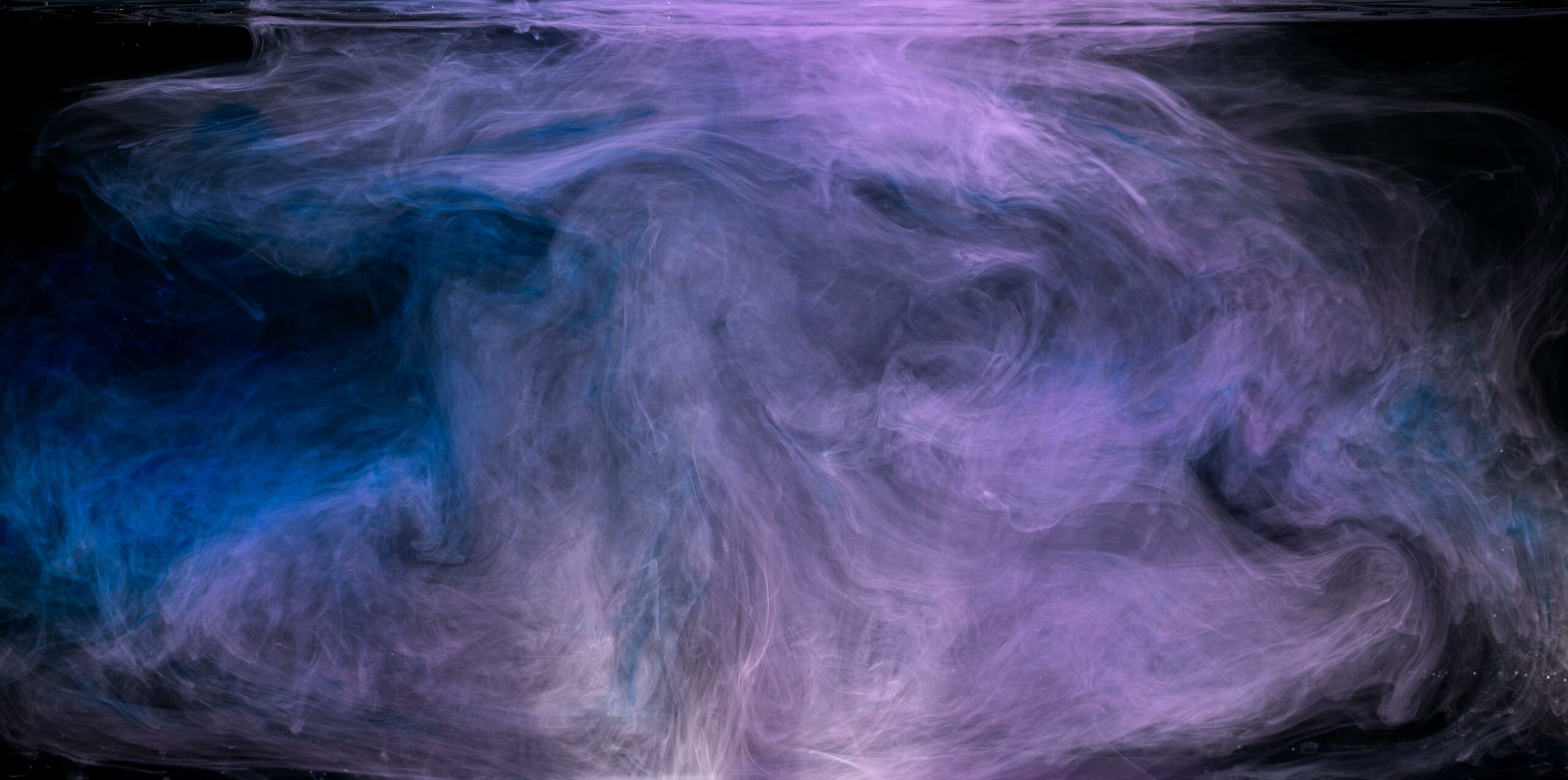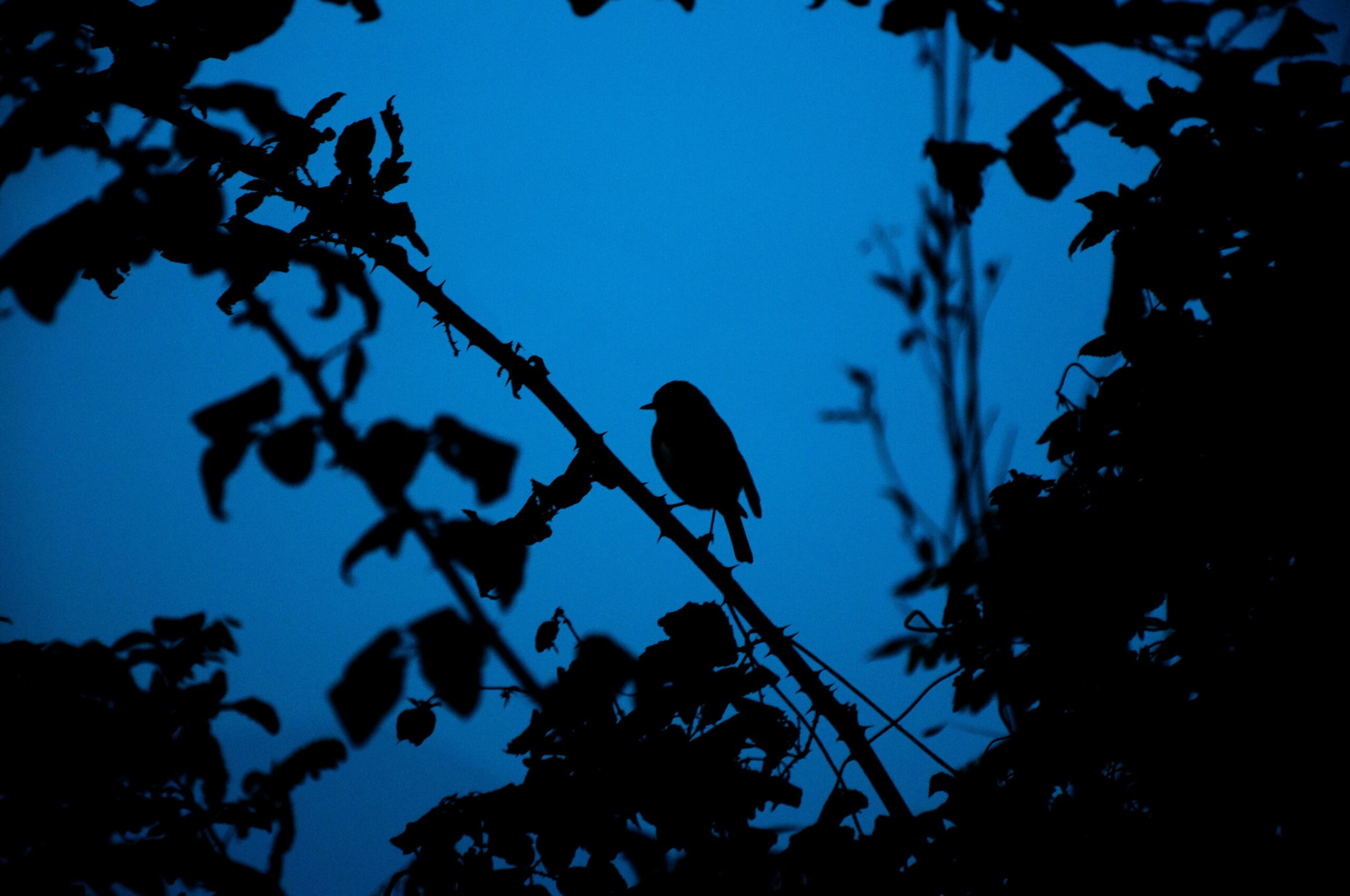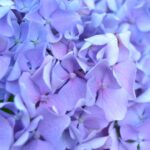Indigo, a natural dye derived from the indigofera plant, holds a vast array of uses that have intrigued researchers, artists, and wellness enthusiasts for centuries. Its rich history and versatile qualities make it a valuable tool in various industries and practices. From textile dyeing to holistic remedies, indigo has found its place in the realms of creativity, self-expression, and self-care. In this article, we will delve into the intriguing world of indigo and explore the diverse benefits and applications that this remarkable natural dye offers. So, prepare to embark on a journey of discovery as we unravel the captivating uses of indigo.

What Is Indigo Used For
Indigo, the deep blue dye derived from the indigofera plant, offers a world of possibilities when it comes to its uses. From dyeing fabrics to treating skin troubles, this natural dye has been embraced for centuries for its versatility and benefits. Let’s delve into the fascinating world of indigo and explore its various applications.
Dyeing Cotton Yarn and Denim: One of the primary uses of indigo is as a dye for cotton yarn, especially for denim cloth and blue jeans. In fact, it is estimated that an average pair of blue jeans requires about 3-12 grams of indigo dye. The rich, timeless color achieved with indigo has made it a symbol of classic style in the fashion industry. Whether it’s your favorite pair of jeans or a denim jacket, indigo dye adds a touch of sophistication and durability to these garments.
Navy Blue Shades in Wool and Silk: While cotton and denim are the prominent recipients of indigo’s dyeing prowess, its application extends to wool and silk as well. For those seeking elegant navy blue shades in their woolen or silk clothing, indigo comes to the rescue. From cozy winter sweaters to luxurious silk scarves, indigo’s deep blue hue elevates the aesthetic appeal of these fabrics.
Benefits for Skin Troubles: Ancient wisdom recognized the soothing and healing properties of indigo for the skin. Clothing made with indigo has been utilized to treat various skin troubles, such as eczema and wounds. In fact, even samurais in ancient Japan wore indigo clothing under their armor for its healing purposes. The antibacterial effects of indigo not only aid in preventing odors but also provide comfort and relief to those with sensitive or troubled skin.
Insect Repellent Properties: Indigo not only enhances the appearance of fabrics but also offers protection against pesky insects. Clothing made with indigo dye can act as a natural insect repellent, keeping those unwanted bugs at bay during outdoor adventures or summer evenings on the patio. Embracing indigo as a dye for your clothing not only adds style but also functionality.
Flame Retardant Qualities: Beyond its exciting dyeing properties, indigo showcases its practical side as a flame retardant. This attribute makes it suitable for certain applications where fire resistance is essential. While not a mainstream use, indigo’s flame retardant qualities add to its overall appeal and make it a valuable option for specific industries or safety-conscious individuals.
To summarize, indigo is a versatile natural dye with a wide range of applications. From dyeing cotton yarn and denim to creating navy blue shades in wool and silk, indigo has firmly established itself as a go-to dye in the textile industry. Moreover, its antibacterial effects, insect repellent properties, and flame retardant qualities make it a valuable asset for those seeking holistic wellness and functional benefits. Dive into the world of indigo, and let its deep blue hues bring beauty and purpose to your everyday life.
“Indigo: Where style meets healing, and functionality meets beauty.”
Indigo is a color that evokes mystery, creativity, and spirituality. If you’ve ever wondered about the fascinating world of indigo, you’re in for a treat! Explore these captivating facts about indigo and prepare to be amazed. From its historical significance to its use in art and fashion, indigo has played a prominent role throughout the centuries. Discover the secrets behind this enchanting pigment by clicking here: facts about indigo. Get ready to delve into a world of wonder and uncover the hidden depths of indigo. Don’t miss out on this mesmerizing journey!
What Is Indigo Used For?
Have you ever wondered about the various uses of indigo dye? Indigo dye uses are diverse and fascinating, ranging from traditional textile production to modern hair dyeing techniques. Indigo is a natural colorant extracted from the indigo plant, widely known for its deep blue hue. Its utilization spans numerous industries, including fashion, art, and even medicine. Discover the ways in which indigo dye enhances fabrics, imparts meaning to cultural traditions, and contributes to the aesthetic world. Explore the indigo dye uses here: indigo dye uses.
Furthermore, the indigo plant itself holds significance beyond its dyeing properties. Indigenous cultures have long recognized its therapeutic potential, incorporating it into herbal medicines and remedies. The indigo plant is celebrated for its potential anti-inflammatory and antimicrobial properties, paving the way for future pharmaceutical applications. To delve deeper into the fascinating indigo plant uses, click here: indigo plant uses.
Indigo’s allure extends beyond its practical applications, as its color holds deep symbolic meaning for many cultures. The indigo color is often associated with spirituality, intuition, and wisdom. Artists and designers alike harness the mystical qualities of indigo to evoke emotions in their artwork or captivate their audience. If you’re curious about the indigo color’s significance and how it can influence your perceptions, follow this link to explore further.
Indigo dye uses, indigo plant uses, and the indigo color’s significance intertwine to create a rich tapestry of exploration. Step into the world of indigo and unlock its secrets with just a click.
The Fascinating Connection between Japanese Samurai and Authentic Indigo
[youtube v=”Aj5oA0YxCi0″]
Indigo, a renowned natural dye originating from the indigofera plant, holds a rich history deeply rooted in samurai culture in Japan. While the indigo jeans we commonly encounter are dyed with chemical indigo, the true indigo derived from the plant is highly esteemed and cherished.
One location in particular stands out for its indigo heritage: tokushima, situated in the southwestern part of Japan. This region has been revered for its indigo production for centuries, thanks to the yoshinogawa river that flows underground and warms the soil. It was during the early 1600s that indigo gained popularity and became a favored choice among samurais. In fact, indigo was not only adopted for clothing but also used in the attire of firefighters due to its remarkable flame retardant properties, tolerating scorching temperatures of up to 1500 degrees fahrenheit.
To obtain indigo ink, the leaves of the indigo plant must be meticulously harvested and dried in the sun. Through repeated flipping with a broom, the leaves transform into a captivating navy hue. However, this process demands an immense amount of time and labor, leading many indigo farmers to abandon traditional methods in favor of cheaper chemical alternatives.
Nevertheless, the allure of true indigo lies in the unparalleled spectrum of colors it delivers. Skilled artisans like toshiharu frucho, a gifted fabric dyer, have the ability to extract an incredible range of blues from this natural ink. From a nearly black blue called nando ero to deep ocean hues known as kachiro, the transformative power of indigo is awe-inspiring.
The commitment and dedication of craftsmen like frucho can be seen in the physical marks they bear. For instance, after working with the dye for nearly half a century, frucho’s hands are perpetually stained blue, a testament to his unwavering devotion to his craft. Similarly, osamu, one of the few remaining indigo growers in the region, continues to persevere in his pursuit of sustaining this ancient tradition.
This story encompasses more than just color and craftsmanship; it underscores the remarkable qualities of authentic indigo. Let’s explore some of the notable attributes of this revered natural dye:
Honoring Tradition with Authentic Indigo
-
Authentic indigo has been used for centuries to create elegant navy blue shades on cotton yarn, particularly in the production of denim. The dyeing process for an average pair of blue jeans requires about 3-12 grams of indigo dye.
-
Indigo’s versatility extends beyond cotton, as it is also used to dye wool and silk, offering a touch of sophistication and style.
-
Clothing made with indigo has been treasured not only for its aesthetic appeal but also for its therapeutic benefits. Traditionally, indigo garments have been used to alleviate skin issues like eczema and aid in the healing of wounds.
-
Indigo possesses antibacterial properties that can ward off odors and provide comfort to those with sensitive or troubled skin.
-
Indigo-dyed clothing acts as a natural insect repellent, offering protection against annoying pests.
-
Indigo’s flame retardant qualities make it a suitable choice for applications where fire resistance is crucial.
The enduring connection between Japanese samurai and authentic indigo reveals a captivating tale of heritage and craftsmanship. Through the laborious and time-consuming tasks required to cultivate indigo, artisans manage to capture its mesmerizing range of blues. From its utility in samurai attire to its significant role in treating skin ailments, indigo stands as a testament to the interwoven threads of history and tradition.
As the fabric of time continues to weave its intricate tapestry, osamu and artisans like him endeavor to keep this indigo legacy alive. In their hands, the secrets of indigo unfold, reflecting the profound cultural significance and exceptional beauty that emerges from this remarkable natural dye.
“Unparalleled in its color, the mystique of authentic indigo remains firmly embedded in the fibers of tradition, connecting us to a world that honors the past while embracing the future.”
FAQ
Q: What is indigo primarily used for?
A: Indigo is primarily used as a dye for cotton yarn, especially for denim cloth and blue jeans. The average pair of blue jeans requires about 3-12 grams of indigo dye.
Q: Can indigo be used to dye other fabrics besides cotton?
A: Yes, smaller quantities of indigo are also used in dyeing wool and silk, particularly for navy blue shades.
Q: What are the additional benefits of using indigo?
A: Indigo has antibacterial effects and can help prevent odors. It has been used in clothing to treat skin troubles like eczema and wounds. Ancient samurais used to wear indigo clothing under their armor for healing purposes. Indigo can also repel insects.
Q: Is indigo only used for dyeing purposes?
A: No, in addition to its dyeing properties, indigo is flame retardant, making it suitable for certain applications.
Q: Are there any known uses of indigo beyond dyeing and its benefits?
A: Indigo is primarily known for its dyeing properties and related benefits, but further research and exploration may uncover additional uses and benefits of this natural dye.
- Unveiling Bernhard Caesar Einstein’s Scientific Achievements: A Legacy in Engineering - July 15, 2025
- Uncover who is Jerry McSorley: CEO, Family Man, Business Success Story - July 15, 2025
- Discover Bernhard Caesar Einstein’s Scientific Contributions: Unveiling a Legacy Beyond Einstein - July 15, 2025















